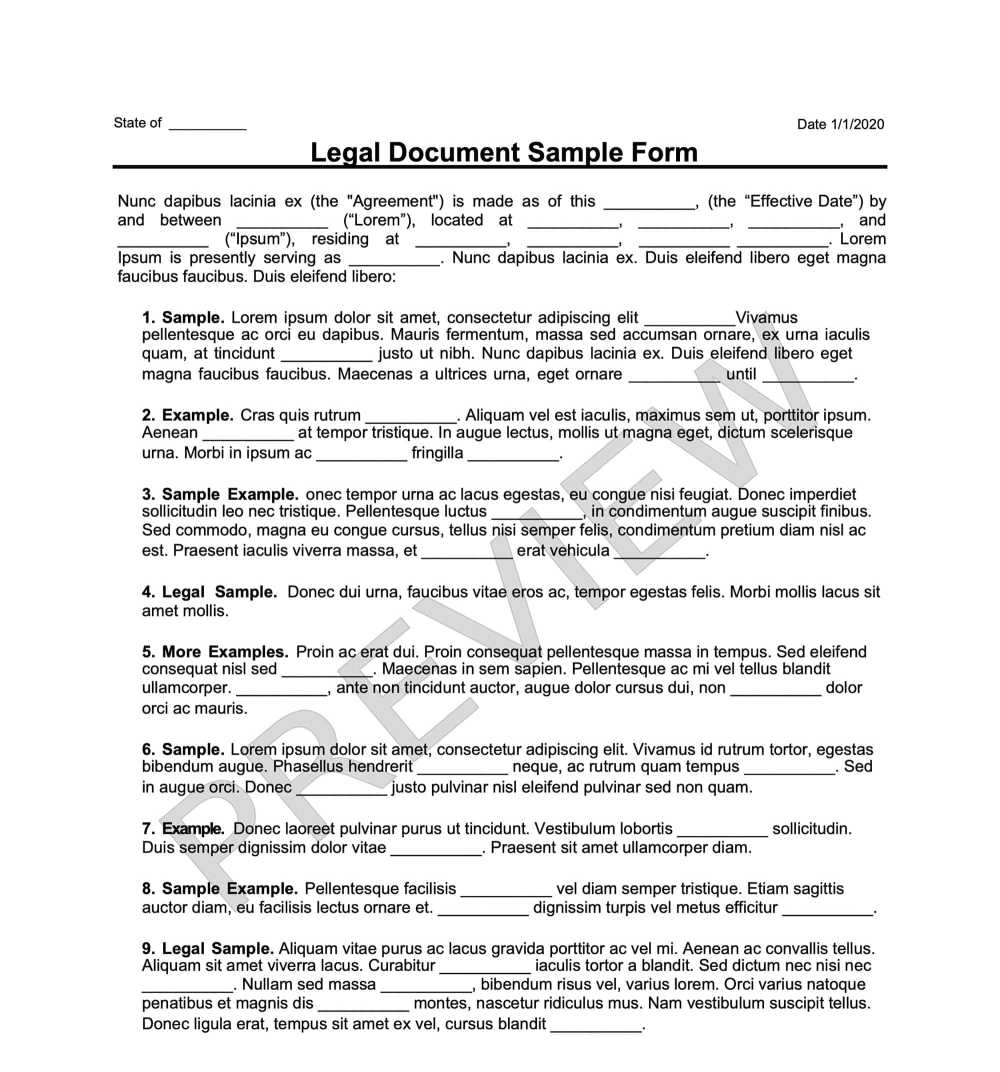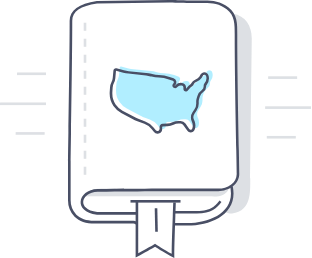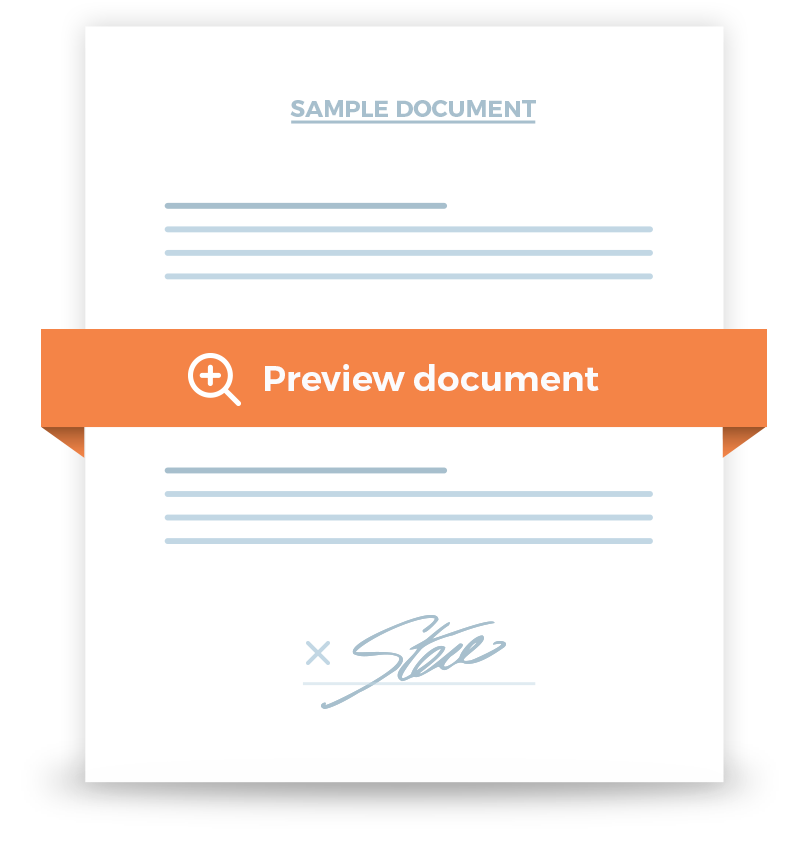Liability Release
A Liability Release is entered into by two parties of whom one of them releases the other of having liability claimed against them.


Frequently Asked Questions
A Release of Liability Agreement is used between two parties such that one of them (the releaser) releases any liability claims against the other (the releasee).
Generally, this is optional. At the minimum, both parties need to sign it. The signature of a notary public can be obtained for extra protection.
As explained, it doesn’t. A Release of Liability Agreement only protects the releasee. This means that they can still make liability claims against the releaser. However, a mutual release agreement can be used if both parties are potentially liable for an incident.
Similar in nature, the latter is used before activities and events. Entertaining companies, extreme sports organizations, and gyms often require customers to sign this. By signing a Waiver for Participating, you agree to participate in physical activities at your risk. You also agree to release the instructor of any liability claims.
Money is usually offered as consideration. The amount of money offered is stated in the document. However, other services can be provided too if both parties agree. For example, a releasor may decide not to press charges in exchange for a vehicle or stocks. What’s important is that consideration has legal value. If for some reason this consideration is found to be faulty, or maybe less than acceptable, the contract can be deemed unenforceable by a court.
An Automobile Accident Release is a type of Release of Liability Agreement signed by the parties involved in a car accident. This form is generally used when the parties only suffer property damages rather than personal injuries. By signing this form, the driver that caused the accident offers to have their car insurance take care of the other car’s damages. However, before signing this agreement, consider consulting a personal injury lawyer who can explain everything and make sure that you get a fair settlement.




